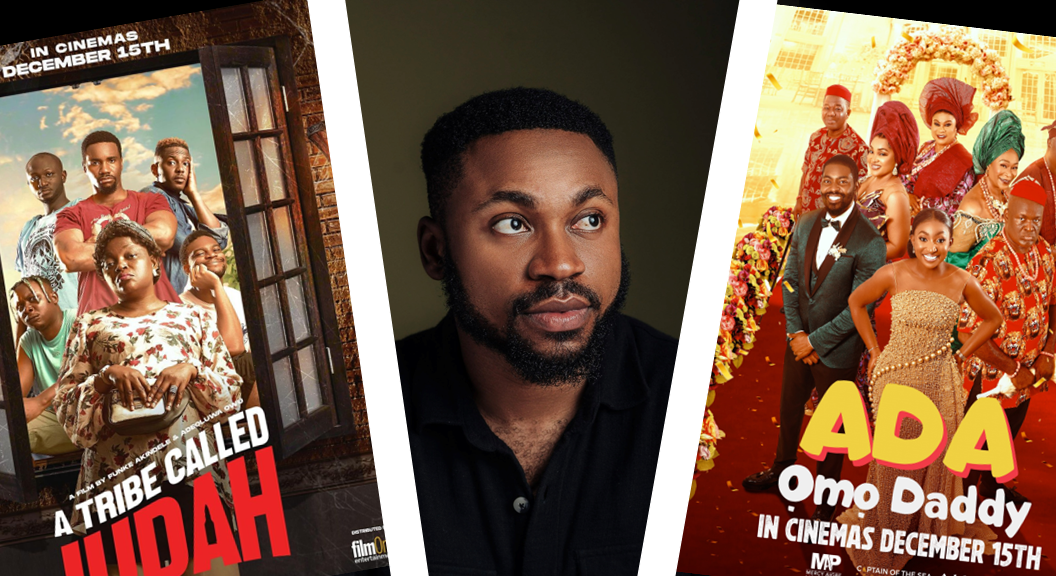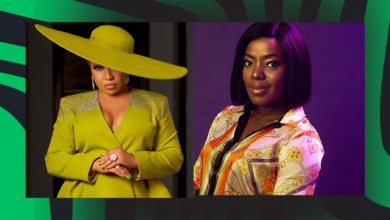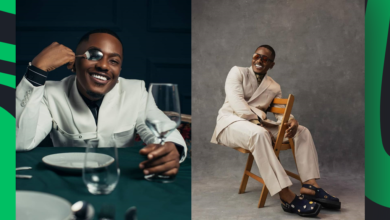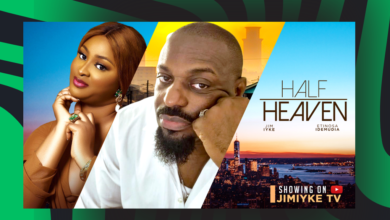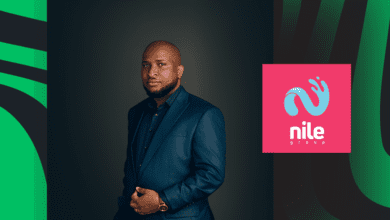The Story⚡
The face behind December’s biggest films – Barny “Blockbuster” Emordi
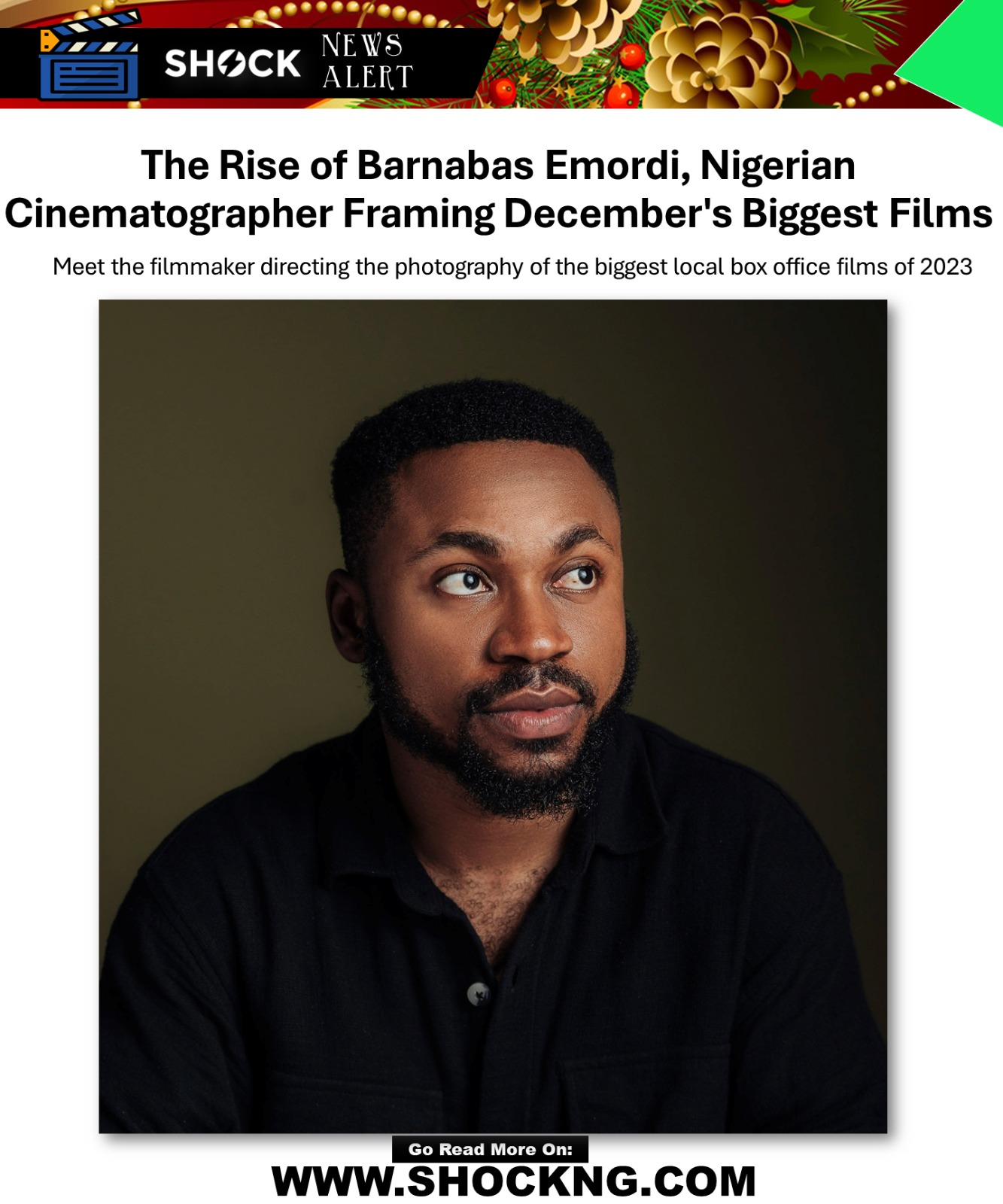

Tell Me More
Big shot filmmaker Barnabas “Barny” Emordi is a Cinematographer and AMVCA Nominee. Popularly known as “Barny Blockbuster” from his shooting of Prophetess (2021) and The Ghost and the Tout Too (2021), two of the highest-grossing Nollywood films. The filmmaker boasts a creative portfolio of The House of Secrets (2023), Palava! (2022), Hey You! (2022), Elevator Baby (2019) Superstar (2021).
The Cinematographer sits with Shock in this exclusive and takes us through his film journey; making blockbuster movies, shooting two of the most anticipated films this December, and cameras and clicks.
How did you get the name “Barny Blockbuster” and how has your journey into cinematography been so far?
I got the name ‘Blockbuster’ in 2020/2021 when I shot Prophetess and The Ghost and the Tout Too. Both films hit 100M at the box office so I made a post on Instagram about it and finished with ‘’now you can start calling me “Barny Blockbuster”, that was how the name came about, also it was Timini (Egbuson) who gave me the name, and the name has stuck ever since, now its my brand.
I love making big films, and the kind of films that make people go to the cinemas with friends and family are big films about family, drama, and excitement.
What is the one film that solidified your choice on Cinematography?
The film is Elevator Baby (2017), I was the second camera operator and I was quite excited, it was my first proper introduction to Nollywood. We made the film with all the love in the world, and that was when I knew this is a good career path and cinematography would take me places, and it has taken me around the world. I’ve filmed outside Nigeria, its an exciting journey.


What was the journey of shooting A Tribe Called Judah and Ada Omo Daddy?
Working on A Tribe Called Juddah was a beautiful experience, I worked with Aunty Funke (Akindele) and Captain Degzy. When I read the script I was excited. I’m big on stories that can pull families together, so when I read the script for A Tribe Called Juddah, I was sold.
The film centres on a family of boys who decide to rob a mall with the help of their mother. However, on getting there, they are faced with unexpected dangerous guests. It’s a story that ties cultures and ethnic groups under one roof. I could align with the story, we filmed the story in July in Epe. Seeing the location also gave me chills, the set was also built from scratch, and we had full control over our location. The cast was also brilliant to work with.
The most challenging part of shooting for this film was a scene that had guns, shooting and explosions, we had a lot of VFX work to do and we had to make shots that the VFX team could work with, it was tough, but we were able to pull it off.
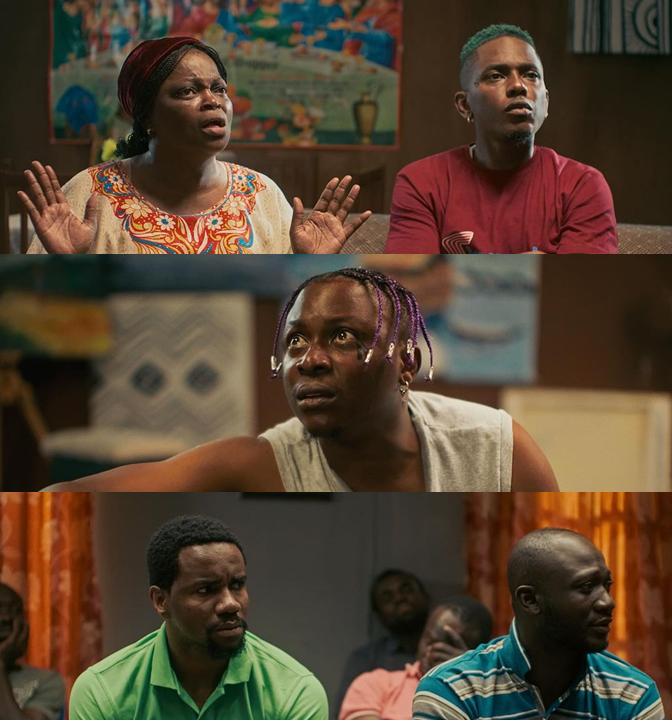

Ada Omo Daddy is also a beautiful story that ties ethnic groups and has a big wedding scene, family, and drama. Aunty Mercy(Aigbe) was brilliant in the film as well.
As a cinematographer, making films with people who know and understand what their vision is, who know their film and how they want it to look is always exciting, because there’s a clear plan on what needs to be done. And working with people like this helps you to deliver on your work.
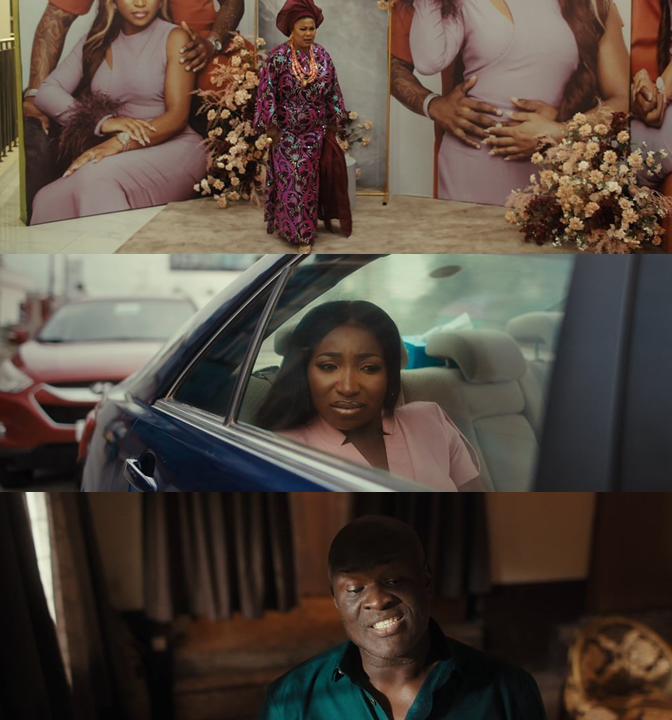

What are some of your go-to references and preparation before you present something final for the big screens?
I’m big on production design, the visual style. The way you want your film to look starts with building the set and putting together costumes, props, etc.
How I work is during preparation, we go back to the director’s vision for the film, then we also look at what is needed in each scene, and then we build from there. It goes a long way in bringing a distinct visual style. Most of the important work in film is done in prep and it makes it pretty easy to align with the vision.
In using professional cameras, what are your go-to tools or gears for shooting and what informs those choices?
I’m a big fan of Arri, I’ve been working with Arri for many years, and I love the way it works on black skin tones, the way light reacts to skin tone with an Arri is different.
For A Tribe Called Juddah, I used an Arri Alexa 35, which is the newest available Arri camera,
For Ada Omo Daddy I used the Arri Mini LF.
How do you approach client work and set the budget for a project?
When I’m approached to do a project, I have a full conversation with the producer or director to understand what is needed. Then the director/producer sends a treatment of the film that contains all the important elements that align with the vision of the film. Then I come up with an equipment list that fits into the budget of the film and also the overall vision of the film.
You also need to understand that the budget plays a huge role in the cameras or gears you use.
What do you do for fun when not working?
When I’m not working, I’m cycling across Lagos or traveling around the world or spending quality time with my family and friends
What defines your cinematic style?
My cinematic style is largely dependent on the project I’m on. I basically use various techniques to uniquely define the visual style or language for every film.
It helps build to unique visual worlds for every film, makes them distinct and they shine through. I believe if the cinematic style is great, it will aid in building the emotional attachment the audience has to the project, and elevate the storytelling.
December 15th is the same release date for the two films, why should people watch them?
Watch because they are family-oriented films made with all the love in the world, shot in the most beautiful way that unites culture and shows the true Nigerian spirit.
Audiences can respect a full-blown ride.
